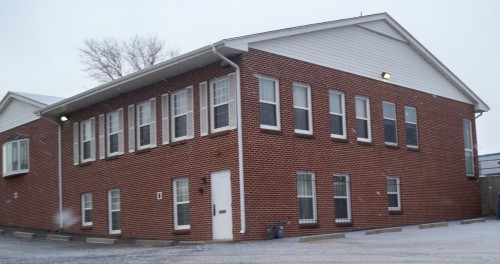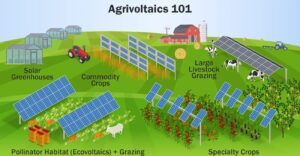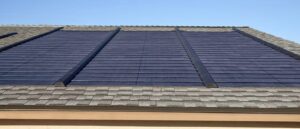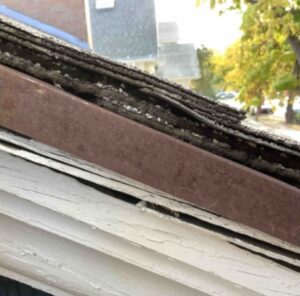EVstudio was recently hired to consult on the installation of solar photovoltaic (PV) panels on the Knights of Columbus Building in Thornton, Colorado. Many businesses are considering the addition of solar panels to their buildings not only to help offset their energy costs, but because of the current tax incentives make installing panels more affordable than ever.
Many building department jurisdictions such as the City of Thornton require a structural evaluation from a professional engineering firm such as EVstudio. At first one might think that this is unnecessary because solar panels weigh as little as 3 pounds per square foot. When evaluating a structure, typically the weight of the panels themselves is the least of our concerns.
A structural engineer’s primary concern is how well the panels will be able to attach to the existing roof structure. Wind forces generate considerable suction forces; close to 40 pounds per square foot depending on the height of the building, the pitch of the roof and the design wind speed. Another consideration is the redistribution of the snow loads. Without solar panels the weight of fallen snow is distributed evenly across the roof structure. When solar panels are added the snow will collect on the panels and the weight will be distributed to only a few mounting footings, creating point loads that are often structurally significant depending on the design roof snow load.
A structural engineering firm like EVstudio can be contracted to observe your business’s roof structure and evaluate if the structure will be able to support the proposed new point loads as well as design a proper attachment. For these reasons, a proper structural evaluation should be considered even if not required by the local building jurisdiction.












2 thoughts on “Structural Considerations for Commercial Solar Panel Installation”
Roof Deflection Monitoring can help Solar Projects by providing 24/7/365 certainty the building is not being subjected to any excessive loading from snow and ice accumulations at the base of the solar equipment.
Pingback: Great Resource for Solar PV and Hydronic Information | Architecture, Engineering & Planning EVstudio | Denver & Evergreen Architect | Colorado & Central Texas | Blog
Comments are closed.